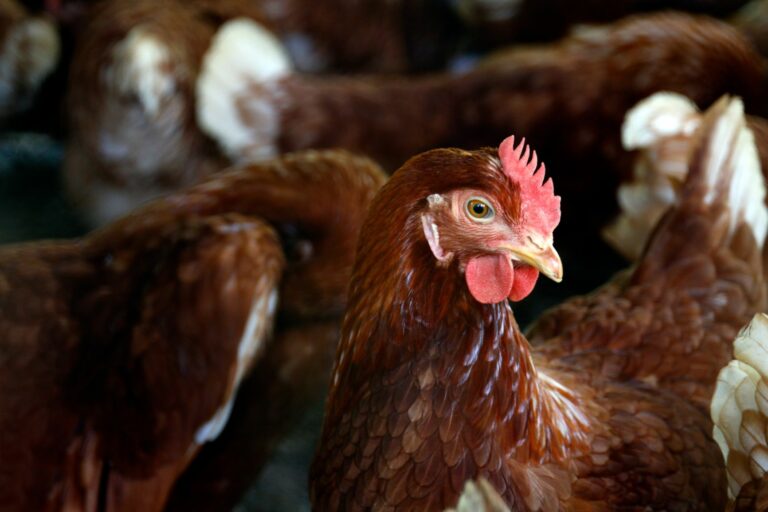An Elanco webinar has highlighted the issues around the transition to cage-free egg production. Michael Barker reports
The challenges and benefits of switching over to cage-free production have been laid out by industry experts as part of Elanco Animal Health’s ‘Let’s talk layers’ webinar series.
In an edition dedicated to the move away from cage-free production, British Egg Industry Council chairman Andrew Joret said the term ‘cage free’ essentially refers to barn production, which he noted has so far gained very little traction in the UK with just a 1.8% share of the market. “We’ve seen a pivoting of production out of enriched cage into free range,” he said. “So it does beg the question of where barn is going.”
The major UK supermarkets have committed to ending sales of cage-free eggs by 2025, with the government expected to consult over a legislative ban, but Joret suggested the move had been driven by activist, rather than consumer, pressure. That contrasts with the increase in free-range systems, which he said was consumer driven.
As a result, one of the biggest challenges for the UK industry is uncertainty around market demand, Joret said. “Will NGOs accept barn systems?” he asked. “They are driving the change from cage, but will they one day start attacking barn systems? Also, what’s happening to future market demand? Consumers have been buying into free range, not into barn, so will the market want that product?”
Joret anticipates that the cost to producers of converting a house from enriched cages to barn would be around £25 per bird space – similar to the cost of moving to enriched colony cages a decade ago. That takes into account inflationary costs and the need to invest in aviary rearing systems, load-bearing floors, ventilation and a loss in capacity due to lower stocking densities.
Production principles
Dr Déborah Temple, a veterinarian and research scientist from Universitat Autònoma de Barcelona, said that good management is vital to the success of converting to a cage-free system. A holistic approach and practice-led innovations will help overcome animal welfare challenges, while strategies to improve animal welfare should be in place from the start of the birds’ life.
Non-cage systems involve more time dedicated to the training, observation and supervision of the birds, she said, with well-trained staff needing to react quickly to any changes in bird wellbeing or behaviour. “Due to their complexity, the transition to cage-free systems will have an impact on some key welfare challenges, but it’s possible to prevent these concerns and achieve good results in cage-free systems with a significantly higher welfare than is possible in any caged systems,” she added.
Producers need to be aware of welfare challenges during the transition to non-cage systems, Temple said, specifically mortality, floor eggs, keel bone damage, feather pecking, cannibalism, fear and smothering.
Floor eggs require close management of the facility as the flock is trained to use the nest, though new technology to detect them is now available. The complexity of cage-free systems can also increase the risk of hen collision and bone fractures, however young hens in cage-free systems have been found to have much stronger bones and muscles, reducing the risk of keel bone damage.
Animals learn best during the first eight weeks of life, so good rearing management is crucial, Temple added, and cleanliness, light and stress reduction all help.


